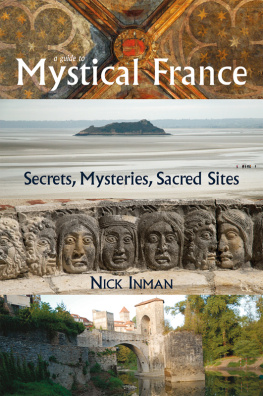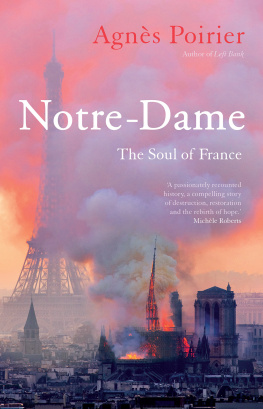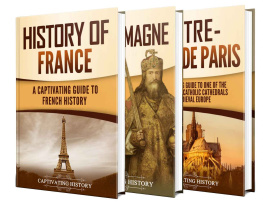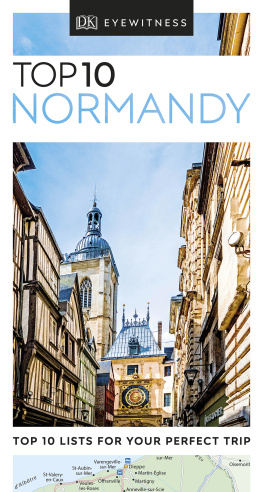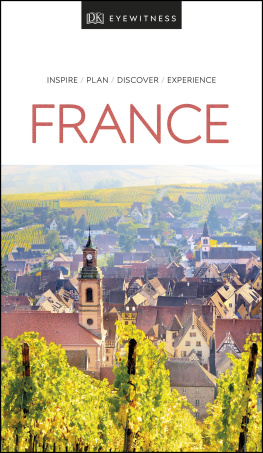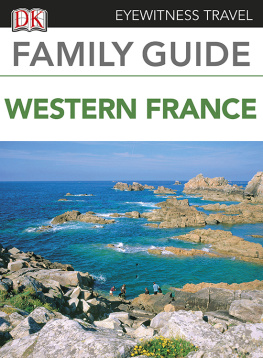a guide to
Mystical France
Secrets, Mysteries, Sacred Sites
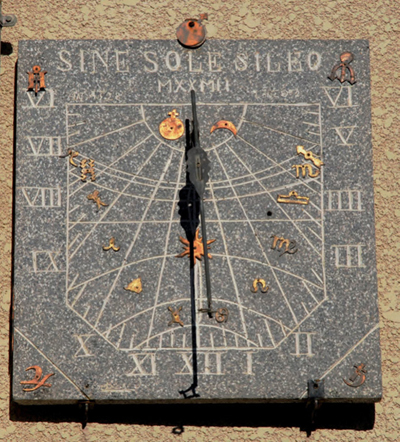
Sundial, Maubourguet
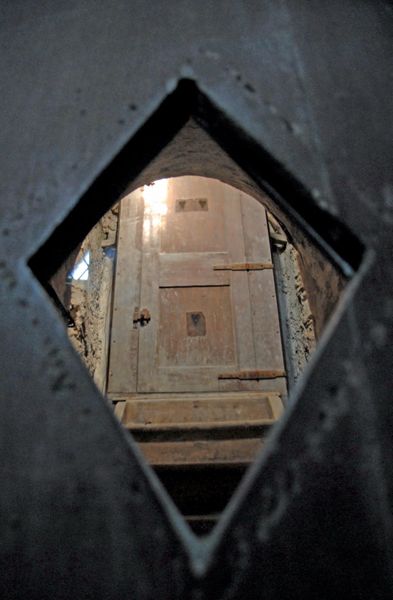
Caunes-Minervois
a guide to
Mystical France
Secrets, Mysteries, Sacred Sites
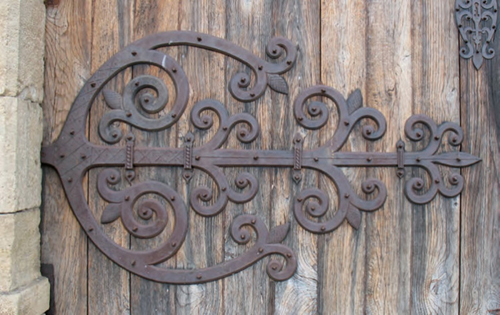
NICK INMAN

Nick Inman 2016
The right of Nick Inman to be identified
as the author of this work has been asserted by him in accordance
with the Copyright, Designs and Patents Act 1998.
First published by Findhorn Press in 2016
ISBN 978-1-84409-685-5
All rights reserved. The contents of this book may not be reproduced in any form,
except for short extracts for quotation or review,
without the written permission of the publisher.
British Library Cataloguing-in-Publication Data.
A catalogue record for this book is available from the British Library.
Photographs see credits on page 256
Edited/proofread by Allan G. Hunter
Cover and interior design by Thierry Bogliolo
Printed and bound in the EU
Published by
Findhorn Press
117-121 High Street
Forres IV36 1AB
Scotland, UK
t +44(0)1309 690582
f +44(0)131 777 2711
e
www.findhornpress.com
In July 1985, I set off for France with my bicycle, certain that I was going to find something, even if I didnt know what. This book is dedicated to all those who shared that summer in Le Cdre a place and experience that exists now only in memory and to the friends who are part of my present-day life in France; and, above all, to Clara, who connects the two.
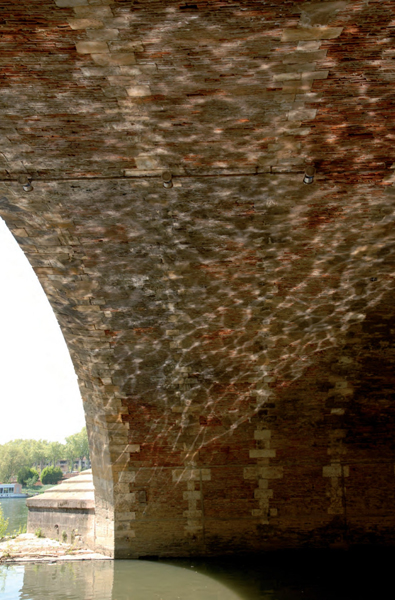
Pont-Neuf, Toulouse
Introduction
How Not to Get There
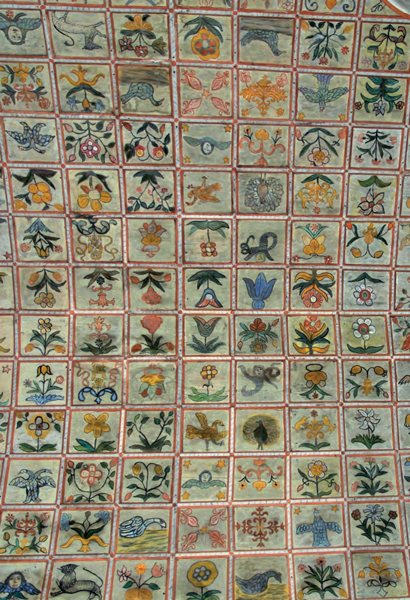
Church ceiling in Cheylade, Auvergne
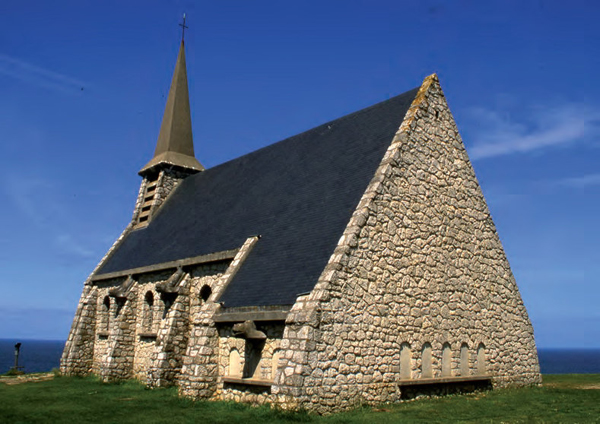
The clifftop Notre-Dame-de-la-Garde, tretat, Normandy
Why visit the same old sights of France in the same routine way when you can make your trip an altogether more enriching experience? With only a slight shift in vision, you can go beyond the ordinary and familiar to explore unseen dimensions.
M y brother-in-law, Angel, runs a shop close to the centre of a large city. Every day tourists come in and ask for directions to the cathedral and he patiently explains the way to get there. Most of these enquirers listen, nod, leave the shop and head off in the opposite direction to the one indicated.
Why this should be, neither Angel nor I knows. We have discussed the possible answers. It would be easy to dismiss these disobedient travellers as deaf, absentminded or stupid. Could it be that they dislike the authority in his voice, or that they are too proud to take his advice and dont want to be told what to do? Then why ask? Do they just like making conversation so that they feel they have made contact with a native the information being of no importance?
If these people are not stupid or devious, then it is possible that they are wise. It is almost as if the words that are exchanged are a code with a hidden meaning, nothing to do with orientation; a meaning which is understood by the receiver but not by the giver.
I like to think these tourists are errant sages. Their request is sincere but they are disappointed to hear that they are so close to their goal. They want an idea of where they are going but not an exact idea. To be given precise directions is like being handed a plan of a maze with the route to the exit marked. If they obey the instructions, they will be tempted to hurry on and deny themselves any sense of adventure. Instead, they want to spin out the search a little longer, to continue in the excitement of movement before they come to rest.
In their wisdom they have realized that there are two aspects to any journey. There is the destination, but there is also the experience of getting there and the latter holds an enchantment of its own. It is all the stuff that happens around the core activity of sightseeing that makes a holiday come alive.
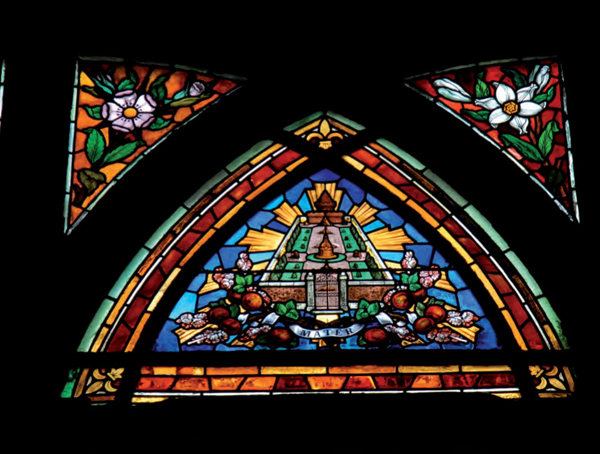
Stained glass in the glise de Saint-Jean-de-Montmartre, Paris
Experience is often treated as the sideeffect of travel: it is that which we cant help having in the process of going where we are going. We are wary of it because it is unpredictable and leaves no record. It may vary between the ecstatic and the painful but it always remains in the realm of feelings and is therefore intangible. The best you can do with it is turn it into an anecdote and try to recreate the emotions of it each time you tell the story.
Professionally, I cant afford to indulge such thoughts. As a travel guide writer, it is my job to stick to the facts and eliminate the airy-fairy variables. I need to get my readers where they are going, tell them what they are looking at, and move them on to the next location.
To write a guidebook, I have to pretend that travel and life can be reduced to the permanent, visible, solid, describable and predictable. The idea behind modern travel is that you have the experiences you want to have and minimize or ignore the rest.
I know that this is not always possible. The point was brought home to me one day while researching a guide to Istanbul. I was being paid to walk the streets with a sketchpad, camera and clipboard, recording details that would be rendered into pithy text and lavish illustrations. As I was making my way around the old city, I crossed a junction and happened to glance down a side street. It was deserted and there was nothing of interest for any tourist, but there was one object that caught my eye. Beside an open workshop door, a plain wooden coffin leaned against the wall at an angle of 45. Where I live you dont see coffins displayed like everyday items of hardware. You only see them occupied at funerals and they are always made of varnished hardwood and polished brass to soften the reality of death. This one was crudely made as if it were a carpentry project. It stood on an alien street and had nothing to do with me and I only glimpsed it for a second, but it invaded my thoughts without my wanting it to.

I wondered who that coffin was for. Was he or she alive still or dead? Did that person and I have anything in common except our mortality? I was suddenly transported elsewhere and found myself plunged into a spontaneous stream of consciousness about the nature of death.
The sight of the coffin changed my experience of the city. I had been given a necessary reminder that I couldnt hope to understand the
Next page
